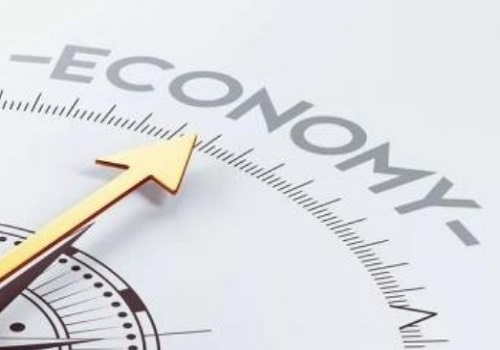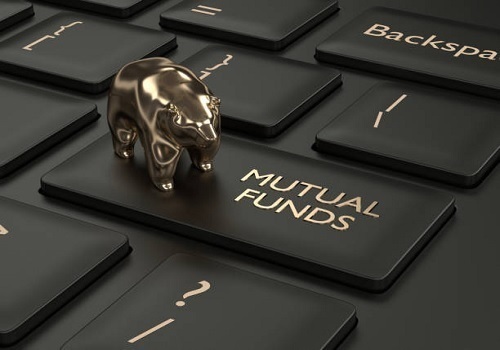Digging deeper into the value vs. growth question By Kunal Pawaskar, Tata Asset Management

Below The Note On Tata Asset Management’s PMS desk By Kunal Pawaskar, Principal Officer & Head - Portfolio Management Services.
Digging deeper into the value vs. growth question
In the last two years you will have seen a lot of ink devoted to the topics of growth and value in the financial media
"Value vs. growth, which is better?"
There is less clarity in articles that explain this topic at times. There is confusion also when concepts are mixed up. Importantly, how are these developments in the market relevant to portfolio construction
This is what we will cover in this article:
1. What is intrinsic value as defined in value investing?
2. What is value and growth in the domain of factors (from a quant approach)?
3. How is value and growth as defined in (2) affecting investing?
4. What are the risks of going too strongly in one direction in this market?
5. Interest rate cuts are expected by central banks in the coming year. Is it a given that growth style makes a comeback in full? What does history tell us?
1. What is intrinsic value as defined in value investing?
There is the definition of value that Warren Buffett mentioned in 1998 – he said that the intrinsic value is "the present value of the stream of cash that's going to be generated by any financial asset between now and doomsday."
In this context, you would ideally like to buy shares in a business if they were trading at less than estimated intrinsic value
This says nothing about the valuation ratios though. It does not say whether a stock has a high or low price to earnings ratio for example
The net present value of cash flows in the future (intrinsic value) and the market cap could be around the same level. The current earnings could be low if the earnings are in a down-cycle. The intrinsic value could be relatively high because there is strong growth in earnings in the medium or long term. These reasons can lead to a relatively high price to earnings ratio.
Value investing in that sense is not about buying stocks on the cheap while neglecting prospects. It is quite the opposite.
2. What is value and growth as understood in the domain of factors (from a quant approach)?
Then, there is the quantitative definition of value and growth. This also takes us into the world of factors and styles – quality, growth, value, size, and momentum among others.
Here, low value basically means being placed relatively lower on valuation ratios compared to other stocks in an index. There are no earnings to forecast and no discounted cash flow analysis when seeing a stock using this lens (as compared to intrinsic value).
This is the "value" that gets conflated with the "value" in value investing. It is where a lot of the confusion arises.
The growth style deals mainly with growth rate of earnings (some definitions use historical growth achieved, some use growth expected in the next year or couple of years for example, and some use a blend of past and future data).
We had explained in our letter in January 2023 that the last 2-3 years are an example of what happens when there is a "rotation". Initially, the stocks delivering outperformance are mostly of a certain type, and then the baton is passed to another set of stocks of a different type that outperform subsequently. In the last few years, we had a rotation from growth stocks to value stocks.
How do you define value in the quant way?
Assume that you have four stocks in an index – A, B, C, and D, with the following price to earnings ratios. Rank them in ascending order on valuation – the cheapest ones get the highest rank.


If you were to create a value portfolio, you could take the first two stocks by rank (B and C), as an example, and hold them for a period. You would then rebalance them by repeating this exercise with the P/E ratios at that point in time.
How do you define growth in the quant way?
Let us take the same four hypothetical stocks with the following profit after tax growth rate and we will rank them in descending order – the fastest growing stocks get the highest rank.


Similarly, if you were to create a growth portfolio, you could buy the first two stocks by rank (A and D) and hold them for a period. Similar rebalancing would be done by using the growth rates at that point in time (twelve months against the previous twelve months)
To Read Complete Report & Disclaimer Click Here
Above views are of the author and not of the website kindly read disclaimer
























